The Majestic Hohensalzburg Castle: Salzburg’s Timeless Protector
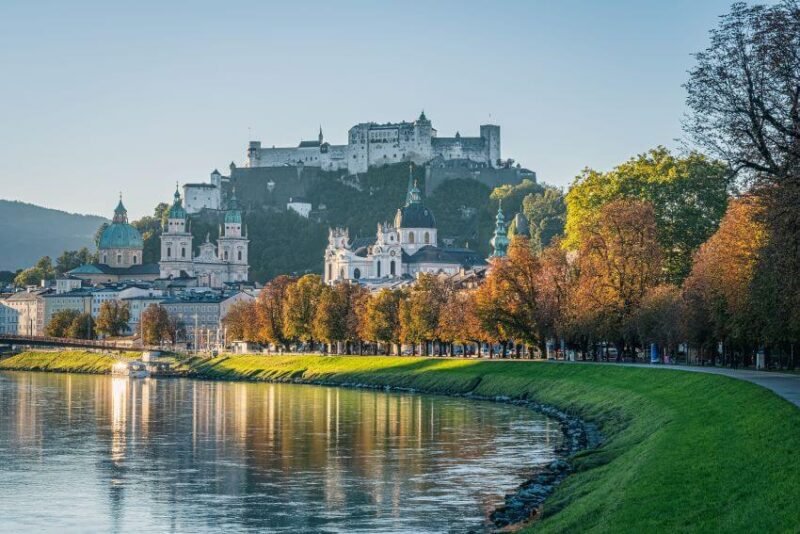
The city is a real treat for the eyes, with Hohensalzburg Castle, one of Europe’s best-preserved medieval castles that stands as testimony to Salzburg´s cultural history. This iconic castle towering above the city, witnessing millennia of ecclesiastical power struggles, political machinations and architectural evolution in silence. The Salzburg fortress has delighted sightseers for about a thousand years already and remains one of the most visited attractions in Europe. This in-depth article that discusses Hohensalzburg Castle (in order the castle’s start, its place in history and various ingenue kings of Salzburg), as it stands today before wrapping up with a view on how they are making sure to preserve their national historical treasure– so you understand why this is an emblematic part Austrian heritage.
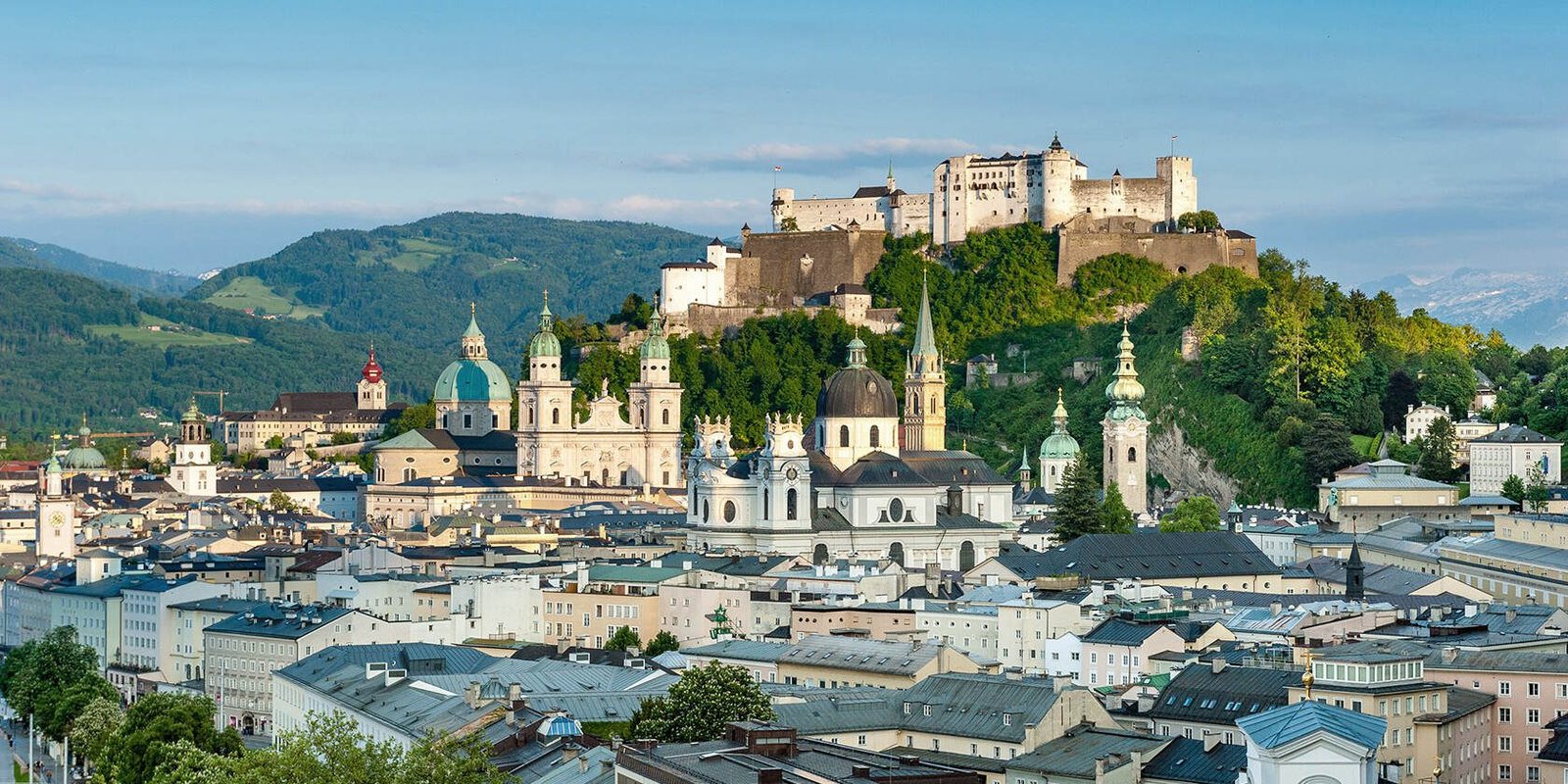
Origins
The concept of Hohensalzburg Castle dates back to the year 1077, at Archbishop Gebhard von Helfenstein hoping to establish a stronghold home for himself that would symbolize religious authority as well as literally wall out pesky intruders. Positioned atop the Festungsberg mountain, with a view of Salzburg and mountains in ever direction for tens of kilometers around, so anyone trying to oppose the archbishop from either his secular or ecclesiastical duties would be obliged to step across these walls.
Building Hohensalzburg was a huge undertaking and required large quantities of labor (stonemasons) to realize. Originally, the plans were taken from Romanesque architectural which is not ideal for protection since it had strong towers (as well as keep), thick with stone walls and small windows. It was chosen for its defenses and the early panoramic view of what settlers could expect as they made their way west.
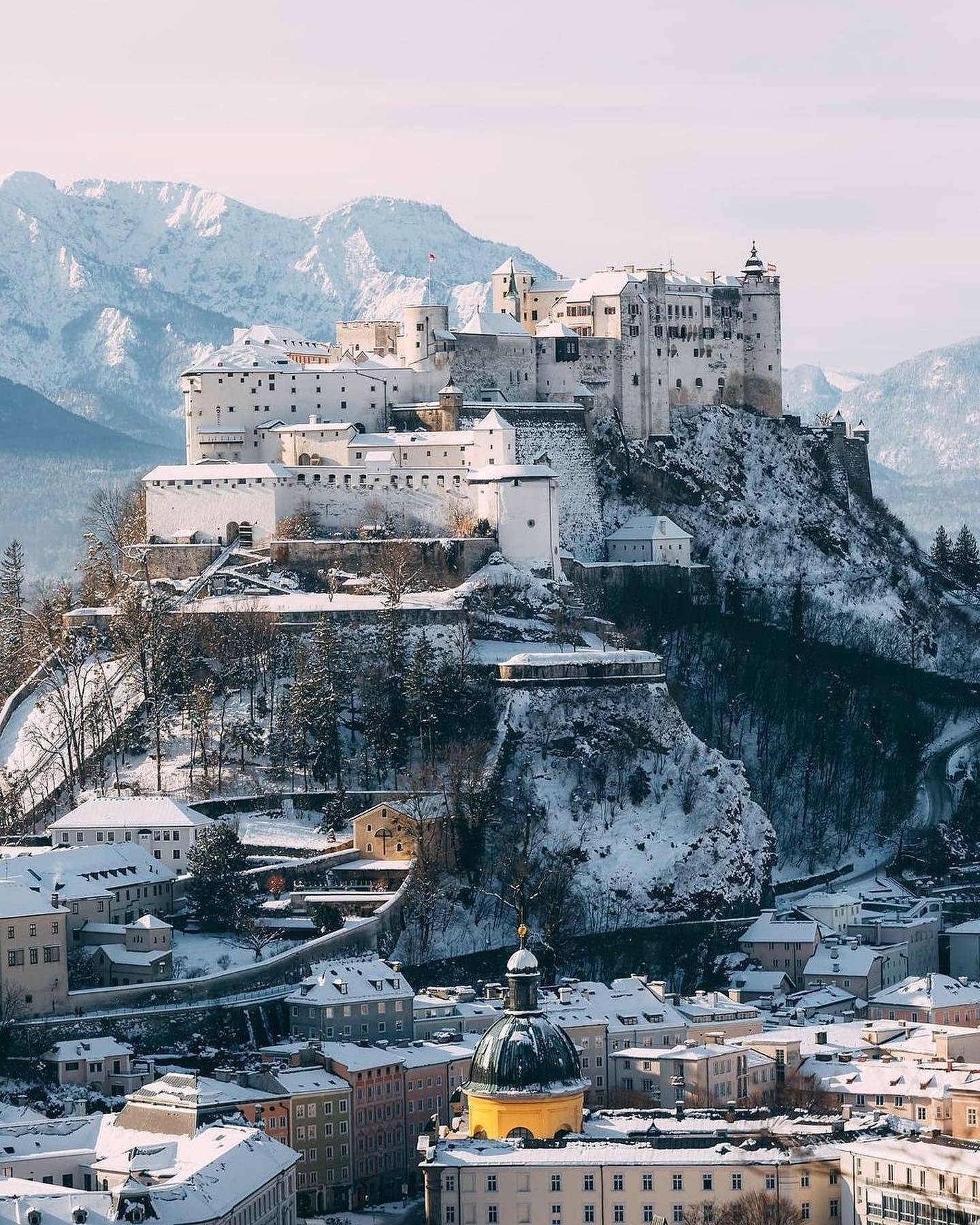
Over the years, the fortress has undergone numerous changes and extensions. Every archbishop included something of their own to the castle representative of the several architectural trends of that period. Other works include the late 15th century decorative reconstruction of Hohensalzburg as a bastion fortress by Archbishop Leonhard von Keutschach and enlargement defensive alterations. This modernized version of the structure strengthened its position as an important regional center and enhanced its aesthetic allure.
Historical Background
Hohensalzburg Castle’s history is, often, of course, including the events of the history of Austria – the changes in politics and religion in the country. In the Middle Ages, le château was very important as a military bastion. Its thick walls protected from numerous sieges and attacks, especially during the Investiture Conflict – the great struggle for power between the Holy Roman Emperor and the pope.
The castle was heavily fortified and modified in the 15 th century. A large banquet area adorned with intricate designs and decorations – the Golden Hall – was constructed in order to express the wealth and power of the archbishops. This hall soon became a venue filled with social activities, proving the castle’s role not only as a military base but also as the center of the court.
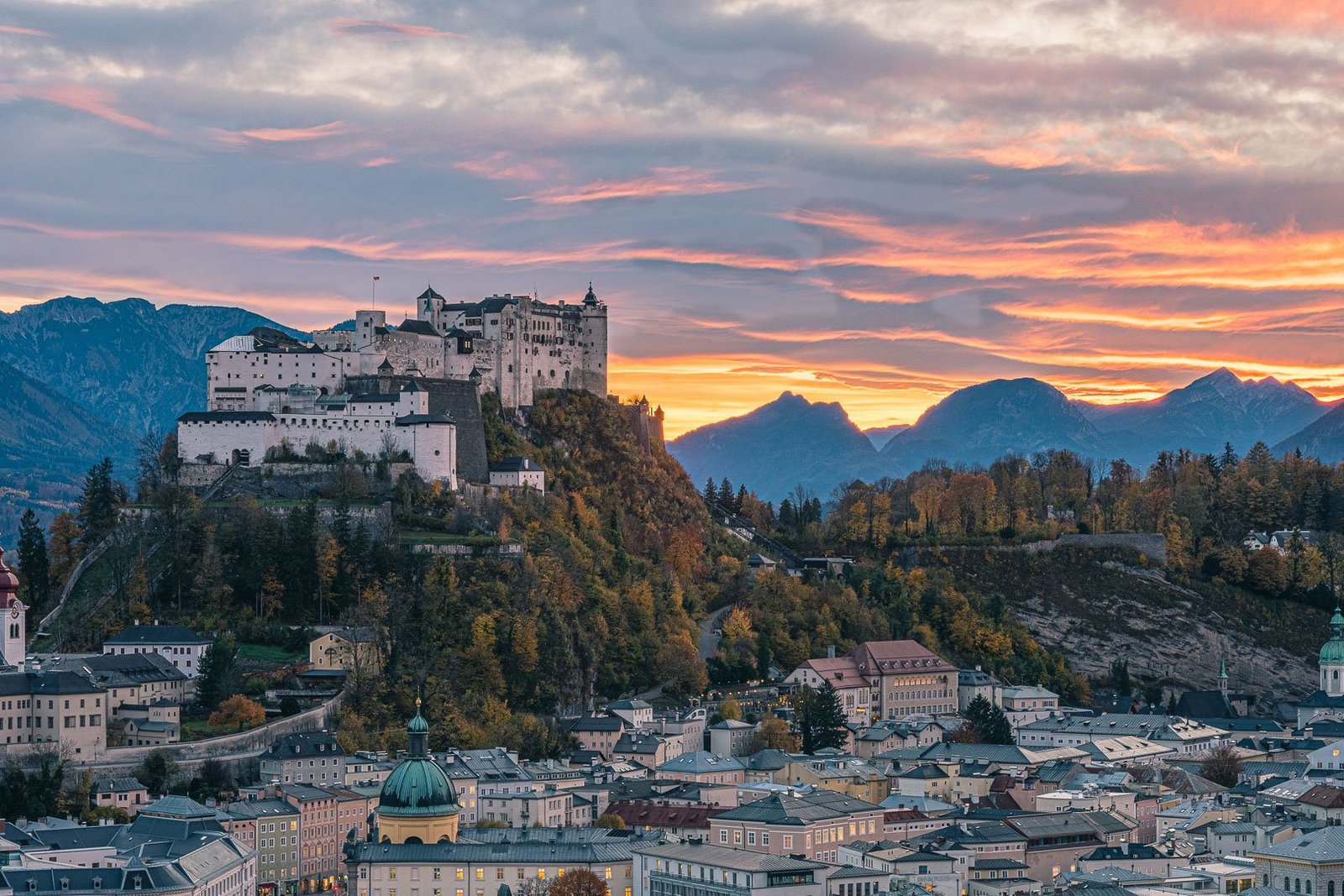
In light of the above discussion, it can be concluded that the Hohensalzburg Fortress has indeed represented a significant, historically and architecturally, periods and styles’ value stigma for centuries. Towards the end of the 18th century, the frequency of castle usage began to diminish, and many of its constituents began to fade away with the decline of the church’s pre-eminence. With the ecclesiastics losing their grip on power following the secularization of the Habsburg Empire by Emperor Joseph II, there arose a sense that Hohensalzburg became obsolete. However, empirically the castle did not suffer the fate that befell many other structures of its kind, and, instead, came to be a source of interest for some tourists and even scholars.
In the wake of disappointment, it is with the restyling of the Fortress undertaken towards the end of the 1980s that the sense of pride and disappointed hopes in the restoration effots is enhanced. Rehabilitati on for visitors surged as Hohensalzburg aged and its claims as a ‘national work of art’ grew. The fortress of Hohensalzburg was embraced as an icon of culture, and the general interest toward the Middle Ages, and medieval architecture in particular, was nourished by the Romantic era.
Kings and Rulers through the ages
Several prominent kings have been associated with the Hohensalzburg fortress, with the area’s dominant archbishops of the past being the most noteworthy. Among them, Archbishop Leonhard von Keutschach appears to be the more remarkable for his bold expansionist policies in the last part of the 15th century. He even went ahead and infused extensive changes in the structure turning the castle into a splendid Renaissance dwelling complete with lavish rooms and large spaces for entertainment.

In the early years of the 1700s, archbishop Franz Anton Harrach would also become a significant factor. During his time as an archbishop, Harrach devoted himself to encouraging art and modernizing the castle. He went further and ordered changing of the structure into an archbishop worthy residence accompanied by cultural activities by putting up several important complexes.
In the present essay also consider another function of the castle. At the same time it represented the architects’ and rulers’ ambitions, serving as the embodiment and stage of power.
The castle has also been linked to a range of political events, such as the 1525 Peasants’ War during which the archbishops fortified themselves against the threat of revolts. In addition, this defensive structure was employed by Austrian troops as an outpost within the scope of the Napoleonic campaigns.
Current scenario
The Hohensalzburg Fortress has remained an integral part of the historical and cultural legacy of Salzburg. It is the most visited tourist site in Austria, with over a million tourists a year. The inner and outer the castle experience is complete, enabling the visitors to explore its rich history as well as the mesmerizing view of the city and the Alps.
To instance, extensive castle grounds with several museums, a courtyard together with well-maintained parapet walls are accessible. The castle contains historically significant displays that feature artifacts from different periods and details the life of the archbishops and the people within the castle.
The golden hall was previously used for court activities, however, now it is used for hosting cultural events, performances and acts thus connecting the castle to the contemporary art. In addition, a restaurant offering regional dishes and a gift shop full of exclusive items for tourists enhance the overall satisfaction of the guests.
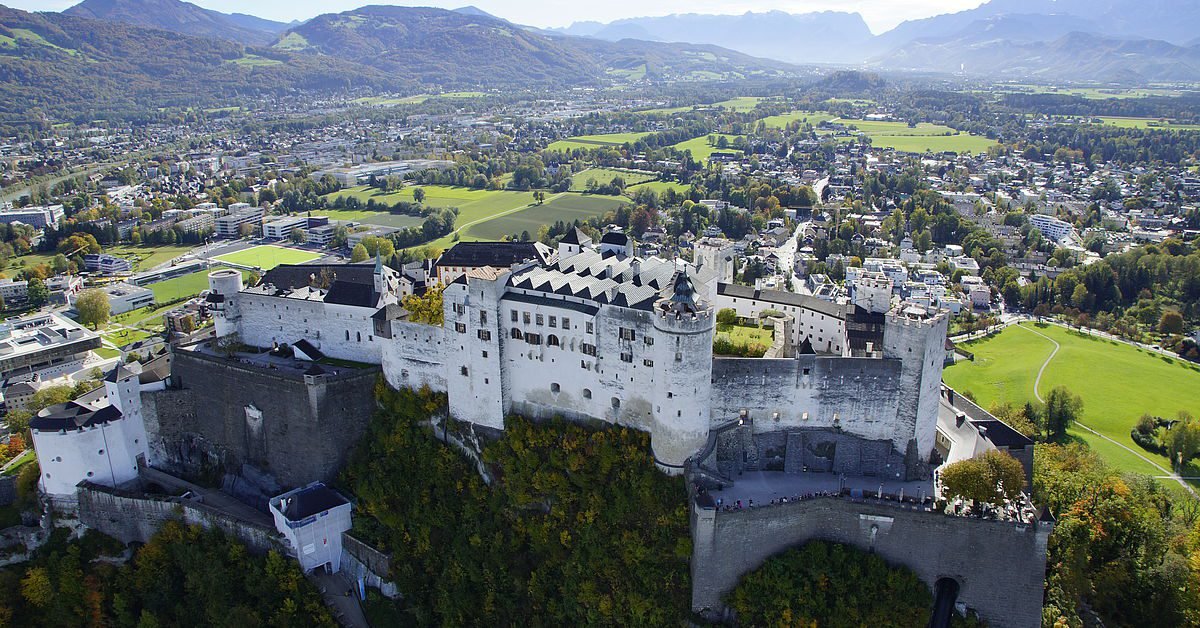
Further, seasonal activities are also organized in Hohensalzburg, for example, medieval fairs that enable the audience to experience the history of the castle. Such occasions foster a sense of belonging and also give the visitors to the inhabitants of the region an opportunity to binge on the history of the area.
Preservation
The local council and historical societies have considered the preservation of Hohensalzburg Castle as the most essential factor. Significant restoration works have been undertaken due to recognition of its architectural and historical value to the structure. These include regular maintenance of the stonework, restoration of the interiors, and introduction of new approaches to protect the castle from weather effects.
On the other hand, apart from efforts in preservation, there are programs and guides that teach the visitors the importance of conservation of such cultural properties and the history of Hohensalzburg Castle. These programs ensure that the castle motivates and educates the next generations through the involvement of people and instilling love for history within them.
Besides, it complements the efforts of the historians and conservators, so that the works on the castle do not distort the original structure. This painstaking method enhances the experiences of the visitors and at the same time protects the historical characteristics of the castle.
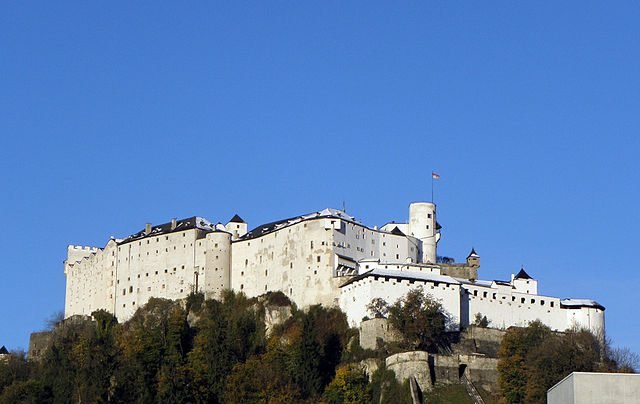
Conclusion
Hohensalzburg Castle is an important historical monument of the region and has withstood the test of time as one of the protectors of the city of Salzburg. Designed in its early ages as a militaristic structure to protect religious hierarchist, the castle today holds the everlasting spirit of the city in itself. It is easy to understand the importance of the architecture for the wider framework of the Austrian history, because every other monarch made significant input and there are many battles the castle has been part of.
Majestic Hohensalzburg will remain an integral component of the history of Salzburg and will continue to attract tourists with other activities so long as there are efforts to maintain it. By upholding the values of the castle, we enhance the social context for the future generations and also respect the history. The visitors at Hohensalzburg Castle, whether confined within the historical walls or absorbing the scenic beauty, are always conscious of history and the myths and legends that history upholds.


